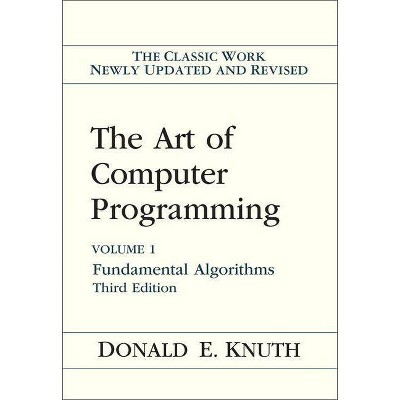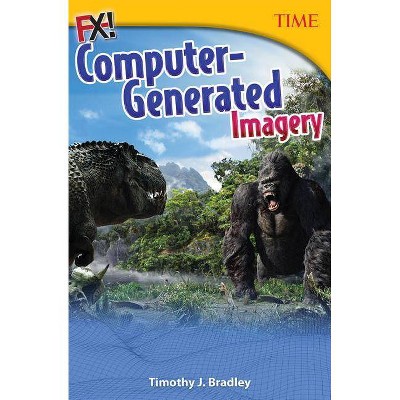The Archaeologist's Manual for Conservation - (Kluwer International Series on Computer Supported Cooperativ) by Bradley a Rodgers (Paperback)

Similar Products
Products of same category from the store
AllProduct info
<p/><br></br><p><b> Book Synopsis </b></p></br></br>This is a Foreword by an archaeologist, not a conservator, but as Brad Rodgers says, "Conservation has been steadily pulled from archaeology by the forces of specialization"(p. 3), andhewantstoremedythatsituationthroughthismanual. He seesthisworkasa"calltoactionforthenon-professionalconservator,"permitting "curators, conservators, and archaeologists to identify artifacts that need prof- sional attention and, allow these professionals to stabilize most artifacts in their own laboratories with minimal intervention, using simple non-toxic procedures" (p. 5). It is the mission of Brad's manual to "bring conservation back into arch- ology" (p. 6). The degree of success of that goal depends on the degree to which archaeologists pay attention to, and put to use, what Brad has to say, because as he says, "The conservationist/archaeologist is responsible to make preparation for an artifact's care even before it is excavated and after its storage into the foreseeable future". . . a tremendous responsibility" (p. 10). The manual is a combination of highly technical as well as common sense methods of conserving wood, iron and other metals, ceramics, glass and stone, organicsandcomposits--afarbetterguidetoartifactconservationthanwasava- able to me when I ?rst faced that archaeological challenge at colonial Brunswick Town, North Carolina in 1958--a challenge still being faced by archaeologists today. The stage of conservation in 1958 is in dramatic contrast to the procedures Brad describes in this manual--conservation has indeed made great progress. For instance, acommonprocedurethenwastoheattheartifactsredhotinafurnace--a method that made me cringe.<p/><br></br><p><b> Review Quotes </b></p></br></br><br><p>From the reviews: </p> <p></p> <p>"This book attempts to bring conservation back into the field of archaeology by acting as a narrative or a resource book ... . Within the book are several types of figures, including illustrations, photographs, flowcharts, computer drawings, graphs and tables. ... it is a very useful reference and can be used as an introductory text for all archaeologists ... . The goals of the book have been achieved and it would make an excellent and useful addition to any archaeologist's library." (Brandy Lockhart, Australian Archaeology, Issue 62, June, 2006)</p><br><p/><br></br><p><b> About the Author </b></p></br></br><p><strong>'</strong>This manual is designed to take the mysticism out of archaeological artifact conservation and act as both reference and guide. It is intended as a tool to assist archaeologists in stabilizing a majority of the artifacts they excavate, or those already in storage. These stabilized archaeological collections will be preserved into the future, permitting reexamination and multiple interpretations of the data as our knowledge base grows through time. In addition, conservation will permit improved in-depth primary artifact interpretation, as fully conserved artifacts reveal fabrication, wear patterns, and detail impossible to detect in non-conserved artifacts. Conservation, therefore, is a critical tool within archaeology, a tool that becomes less meaningful if it is isolated, or seen as merely a technical skill that can be farmed out to the "hard sciences." <em>The</em> <em>Archaeologist's Manual for Conservation</em> is intended as a counterpoint to the popular specialization trend. My goal in offering this manual is to put artifacts back in the hands of archaeologists or material culture specialists who can best decipher them, opening avenues of artifact or material culture interpretation that are disappearing as artifacts either decay in storage or are sent away to the "conservation professionals".<strong>' </strong>- <em>from the Introduction. </em></p> <p>This book is the culmination of over 10 years of work and the merging, expansion, and improvement of 2 previous works: <em>Conservator's Cookbook</em> and <em>Conservation of Water Soaked Materials Bibliography.</em> Each chapter covers a particular substance: </p>wood, iron, copper, glass, ceramic, organic artifacts, textiles, and leather, composite artifacts. <p>Chapters begin with a visual flow chart, walking the archaeologist through a step-by-step stabilization process, backed in the text by theoretical discussion and description. Practical methodology follows theory in each chapter giving the archaeologist a more detailed description of preserving material remains. Chapters are backed and serviced by the most comprehensive bibliographic reference available today. </p> <p><em>The Archaeologist's Manual for Conservation</em> was developed through extensive documentary research, laboratory trial and error, and the feedback of both underwater and terrestrial archaeologists. It will become an indispensable reference for all archaeologists, laboratory technicians, archaeology students, curators, and conservators concerned with simple, proven, non-toxic, artifact conservation procedures. </p>
Price History
Price Archive shows prices from various stores, lets you see history and find the cheapest. There is no actual sale on the website. For all support, inquiry and suggestion messagescommunication@pricearchive.us




















